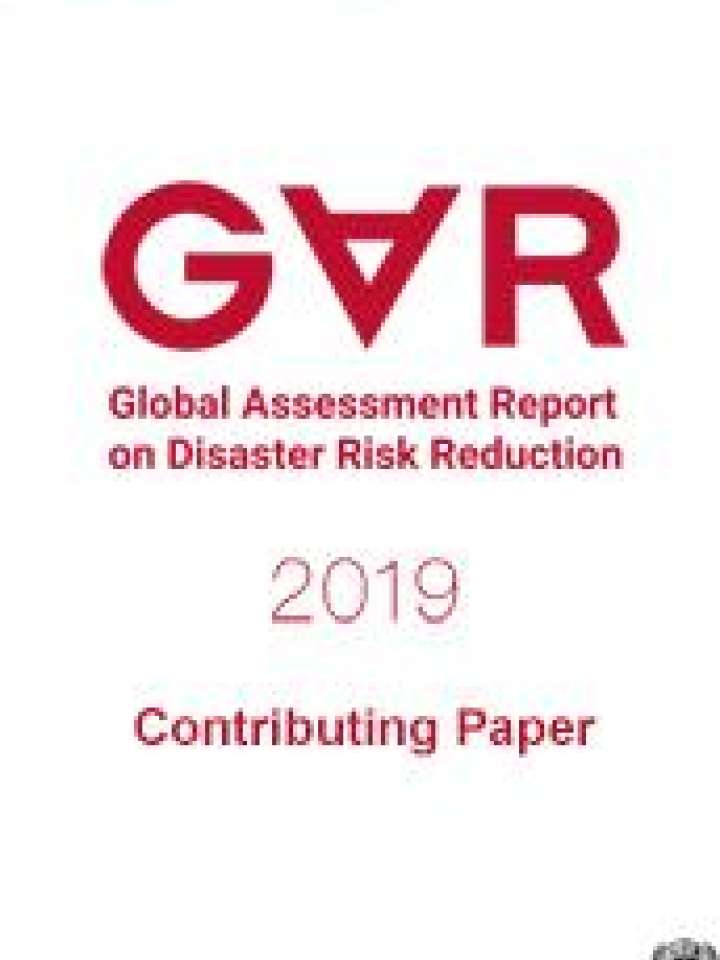Bio-hazard disaster risk governance through multi-agency cooperation
The intention of this paper is to contribute to Sendai Framework Priority 1, “Understanding disaster risk”, and Priority 2, “Strengthening disaster risk governance to manage disaster risk”, by examining biological hazards and by proposing a structure for agencies to mitigate bio-risks.
With regard to Priority 1, the paper aims, first, to develop an understanding of the characteristics that distinguish biological disasters from other disasters, and, second, to highlight the challenges of understanding risk in this area. Obviously a great variety of specific measures for disaster management and risk mitigation for each sort of disaster have already been developed and applied in practice on many occasions and in many countries. Here the wish is to underline that biological hazards differ from other hazards in that it is not only hard to predict when an event will occur, but also what sort of biological agent will cause a disaster, leading to which specific kind of scenario and whether it will be induced naturally, accidentally, or intentionally. Hence, “biological hazard” describes a far broader and more loosely defined field than is the case for hazards where the mechanisms can be anticipated more easily.
Under Priority 2, the authors address a specific challenge for multi-agency coordination in bio-hazard disaster risk reduction. To that end, the report draws up a catalogue of relevant elements and actors, derived from a review of literature. Building on this, the paper proposes an Arena Approach, which allows the creation of clusters of relevant actors for each element by applying Disaster Risk Governance Dimensions. The main focus is not at the policy level but concerns rather the more hands-on aspects of disaster risk management and disaster management, as these involve numerous agencies – from the national to the local. It is the aim of this research to provide a generic approach, which could be easily adopted to specific national requirements. The Arena Approach builds on other existing concepts, but systematically allocates and organizes the elements and dimensions of risk management and the accordant institutions on various levels to cover multiple complex disasters, such as those of biological origin.
This paper is a contribution to the 2019 edition of the Global Assessment Report on Disaster Risk Reduction (GAR 2019).
To cite this paper:
Jeremias, G. and Martin, H. Bio-hazard disaster risk governance through multi-agency cooperation. Contributing Paper to GAR 2019
